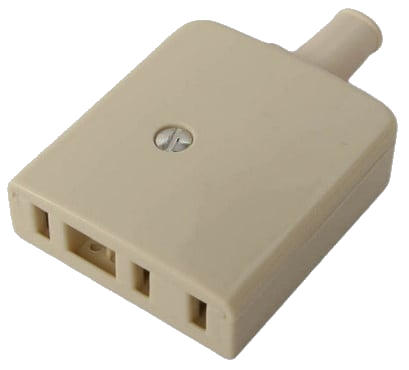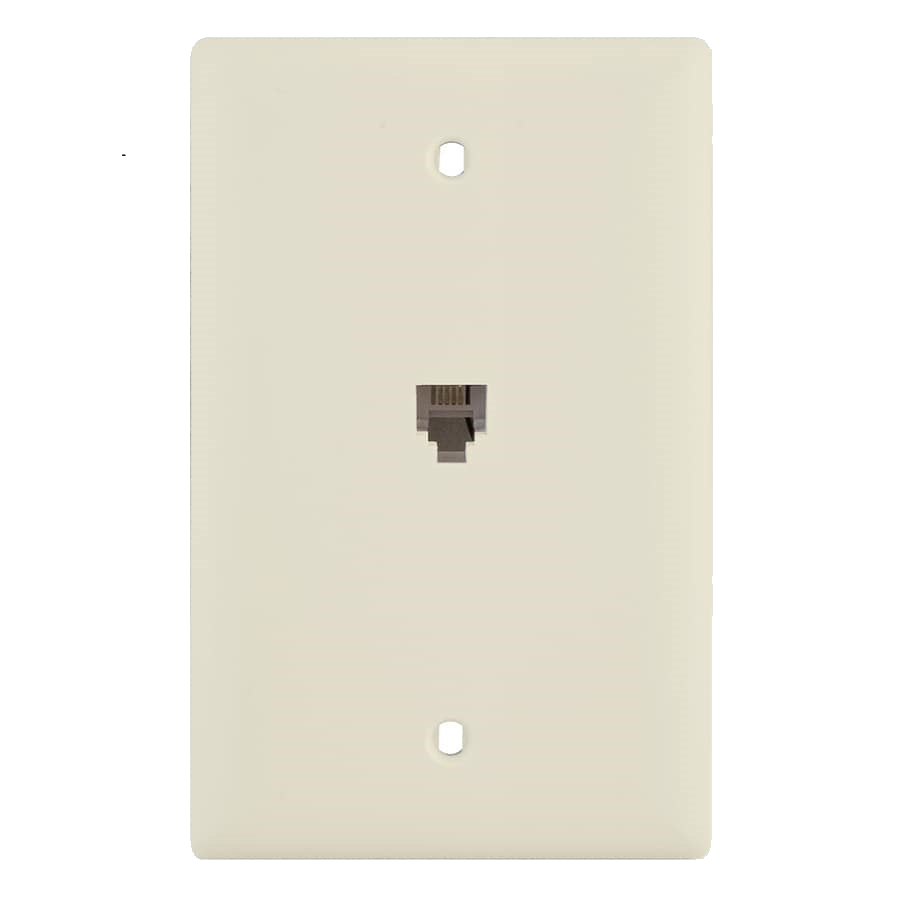

Ensure that you have signed up with a plan from your ISP (Internet Service Provider). Without this, you won't be able to connect at all. There are many ISP's out there, and a quick Internet search will give you a general idea.
FTTB connections are delivered via the pre-existing copper phone lines that run into your property. Thus, to connect, you'll need to find the phone sockets in your house.
Common locations where they can be found: living room, kitchen, linen cupboard, master bedroom, bedroom, dining room, garage.
There are two types of phone sockets. In order: 600 series socket and RJ12 socket.


For those with a 600 series socket, you will need a 600 series to RJ12 adaptor, which can be found at most electronics stores and online. For those with an RJ12 socket, setup should be plug-and-play.
If you can't find any phone sockets in your house, contact your ISP.
It's now time to connect your router. Plug one end of an RJ12 cable into your router, and plug the other end into your phone socket. Additionally, for those who have dual RJ12 phone sockets, with one socket labelled 'Phone', and another labelled 'Data' (or similar), plug the cable into the data socket.
Give your router a few minutes to sync.
You can now connect devices to your router via Ethernet or Wi-Fi.
For those who have a home phone, plug it into the phone port into the back of your router. Home phones cannot be plugged directly into other phone sockets, as they no longer carry an active voice line.
For further instructions, please refer to your router's instruction manual.
You are now connected to the nbn network!
The nbn network will NOT work in the event of a power outage. There is no battery backup option available for FTTB customers.
A VSDL2 compatible router is required.
ADSL filters should be removed. They are no longer needed, and will actively hinder performance if used.
Speeds can vary depending on a variety of factors, including distance from your fibre node, and the quality of your copper cabling. Keep in mind that you may not be able to pull the maximum speed designed for your plan. Contact your ISP if you have any questions.